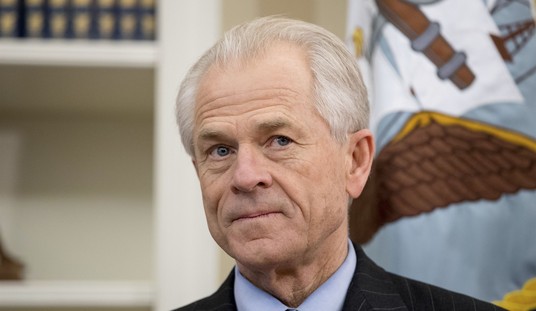Yet another leftist media outlet may be on the brink of collapse.
The Intercept, which was founded by left-libertarian journalist Glenn Greenwald back in 2014, is said to be in serious financial difficulty amid an escalating power struggle between warring factions.
Semafor reports:
The Intercept, the left-wing U.S. newsroom that’s been a thorn in Joe Biden’s side and a hub for pro-Palestinian coverage, is nearly out of money and facing its own bitter civil war, with multiple feuding factions battling for power and two star journalists trying to take control.
At the heart of the crisis is a nonprofit whose founding donor, Pierre Omidyar, decided in late 2022 to end his support for the organization. Now spun off from Omidyar’s First Look Media, The Intercept is losing roughly $300,000 a month, is on track to have a balance of less than a million dollars by November — and could be completely out of cash by May 2025, according to data shared internally in March.
The Intercept’s CEO, Annie Chabel, told Semafor in an interview this week that those projections were a worst-case scenario, and that the Intercept had a “stretch revenue goal that would allow us to continue into a longer horizon.”
Since its foundation ten years ago, The Intercept has positioned itself as a left-wing, anti-establishment publication with a strong focus on the powers of America's security state and opposition to U.S. foreign policy.
The report goes on:
Editorially, world events had reinvigorated The Intercept and given it renewed purpose. The progressive publication’s disdain of Israeli military action and sympathy for the Palestinians distinguished it early in the Gaza war from many major American news outlets. And its distance from the Democratic establishment helped it break a number of stories about the rift within media organizations, liberal politics, and the art world over both U.S. domestic issues and Israel’s military operations in Gaza. That coverage resonated with its core audience of readers and supporters: The Intercept’s membership team boasted to staff that it had exceeded some of its targets in the months following Oct. 7.
But while the scoops yielded small-dollar donations, the organization’s leadership struggled to find the big money needed to keep it operating. Privately, executives acknowledged that while philanthropic donations had doubled between 2022 and 2023, from $488,000 to $867,000, they still had fallen short. In February, the publication laid off 30% of its editorial staff.
However, Greenwald left the company in acrimonious circumstances back in October 2020 amid concerns about its editorial direction. Among his complaints were claims that the outlet was engaged in censorship and the stifling of alternative voices after it refused to publish an article critical of Joe Biden during the 2020 presidential election.
He explained at the time:
The current iteration of The Intercept is completely unrecognizable when compared to that original vision. Rather than offering a venue for airing dissent, marginalized voices and unheard perspectives, it is rapidly becoming just another media outlet with mandated ideological and partisan loyalties, a rigid and narrow range of permitted viewpoints (ranging from establishment liberalism to soft leftism, but always anchored in ultimate support for the Democratic Party), a deep fear of offending hegemonic cultural liberalism and center-left Twitter luminaries, and an overarching need to secure the approval and admiration of the very mainstream media outlets we created The Intercept to oppose, critique and subvert.
Since his departure, Greenwald has launched his own Substack and is one of the most popular creators on the platform. The Intercept, meanwhile, has less than a year to secure funding in order to remain a going concern.














Join the conversation as a VIP Member